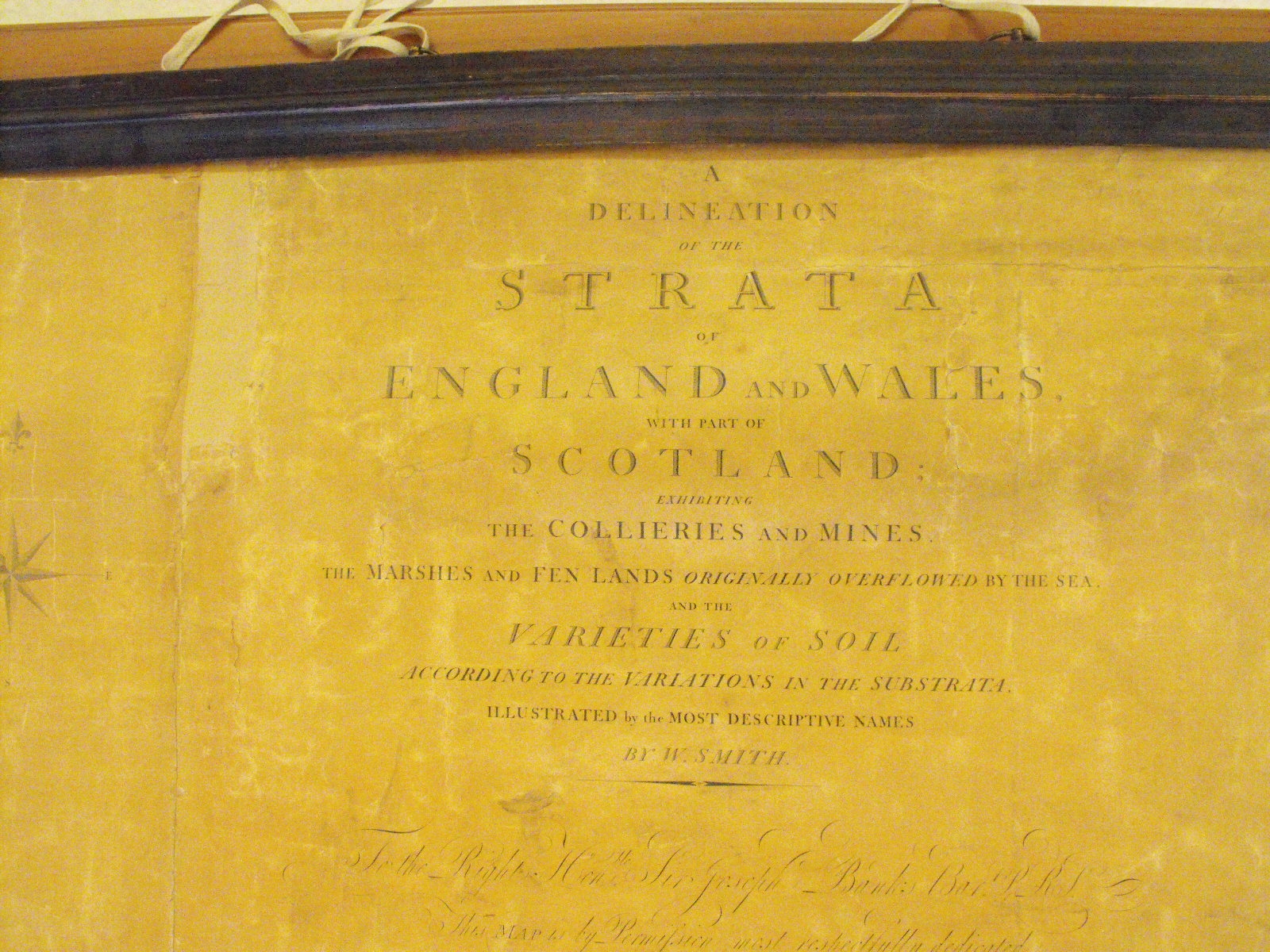The Blue Mountains from Lawson to Lithgow, 1909. A beautiful map showing the mountains in profile with geological features coloured. I3:10 (53)
Sketch map of the Turco-Greek frontier and adjoining districts, 1897. Map published by the Intelligence Department of the War Office. C5 (286).
Fortress of Adrianople, G.S.G.S. 2418, 1912. Detailed map of the town and area at time of siege, showing forts etc. D30:30 (3)
Distribution of Iron Ores of the Lake Superior District, 1909. Shows imports of Iron Ore into the Northeastern States. Published by the U.S.G.S. F6:2 (94)
Geological map Bougainville and Buka Islands, Territory of Papua New Guinea, 1967. Published by the Bureau of Mineral Resources, Australia. D44:11 (7)
Papua New Guinea 1:250,000 Geological Series, 1972-74. Published by Bureau of Mineral resources, Australia. Bodleian has 2 sheets of a set. D44 (63).
Curragh and vicinity, manoeuvre map, 1895. I.D., W.O., No 1109. War Office. C19:22 (9).
The Island of St. Kilda, from a survey by J. Norman Heathcote…, 1900. Map to illustrate paper in Feb. 1900 Geographical Journal. C18:44 (4)
Magna Britannia complectens Angliae, Scotiae et Hiberniae regna : in suas provincias et comitatus divisa / repraesentante Io. Bapt. Homann (1713). Published by Johann Baptist Homann, Nuremberg, 1713. (E) C15 (952). Another edition of this map published around 1715 was also acquired, shelfmark (E) C15 (953). These are both later states of the map first published in Atlas Novus in 1707.
A collection of eighteenth and early nineteenth century maps of administrative divisions in Germany, from the period of the Holy Roman Empire. Published in Nuremberg by Homann Erben and in Weimar by Industrie-Comptoirs between 1702 and 1808.
Tibet township map & place name index = Bod kyi grong brtal dang grong tsho’i sa khra / designed and edited by Tsering Wangyal (2014). Published Princeton, New Jersey by Tsering Wangyal Shawa. D8 (121)






